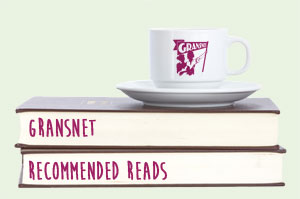I started going to a class just before lockdown closed it all..
I am a graphic artist by training in the olden days, but now work as a genealogist - but find water colours great fun.
My techniques are rather hit and miss though!!!
Family have bought me:-
Water colour pencils which are a mystery
Block water colour paints -which I like
Water colour pens - slightly mysterious
Water colour tubes - why do they flake?
then
what sort of paper weight is best?
Some textured ones tend to come slightly apart when wet -
I have loads of brushes of all sorts
I like landscapes
I like birds but can only paint them when they face left......
There we are then - lots of queries
and basically.........HELP!!
Good Morning Thursday 25th April 2024
4 Years On…..Health-wise, Has Anything Changed?




